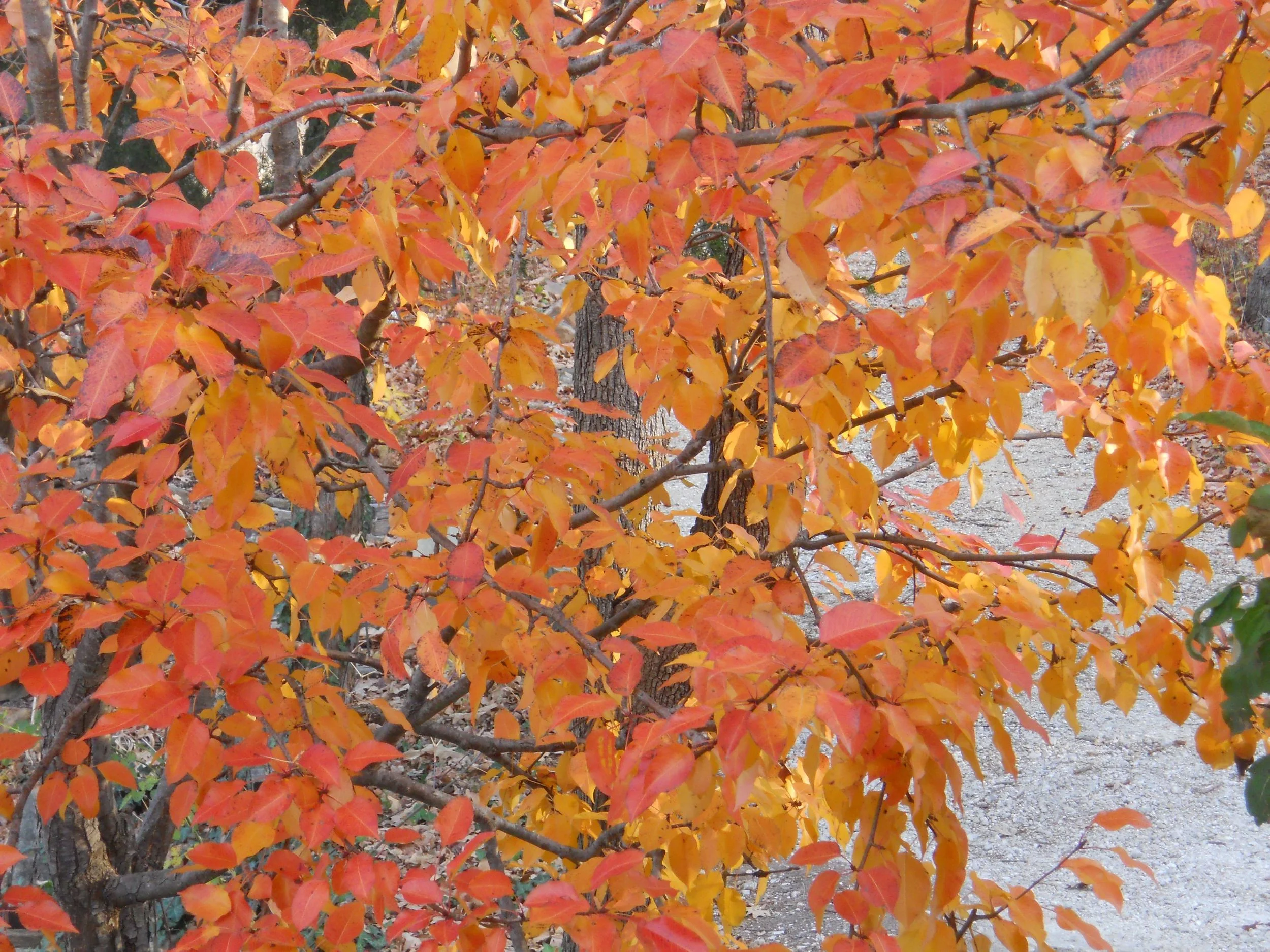10 Fall Bulb Planting Tips
/Garden centers offer a wide variety of spring blooming bulbs for fall planting. (Photo by Charlotte Ekker Wiggins)
10 Fall Bulb Planting Tips
Fall is the time to get spring-blooming bulbs in the ground. You will find a wide variety at your local home and garden centers from tulips and daffodils to grape hyacinths and crocus. The following are 10 fall bulb planting tips to make your bulb planting easier:
1. Check for spring bulb sales by early November. Many places want to make room for holiday items and start discounting packaged bulbs. As long as your ground isn't frozen, you can plant spring bulbs until mid-December. Most spring flowering bulbs need 8-12 weeks of cold weather conditions to set bloom.
2. Gently press through bulb bags before purchasing to make sure the bulbs haven't dried up. You want plump bulbs that have stored energy.
3. Pick up a bag of bone meal to sprinkle on the bottom of the area you have dug up to plant bulbs. Not easy to find, all of our retailers had packed their regular bone meal away. No need to buy the variety marked "organic," bone meal is a natural product.
4. Place bulbs in the hole at the appropriate depth - there usually is a chart on the back of the package. Crocus should be planted 3" deep, most daffodils and tulips 5-6,"
5. Place the bottom of the bulb at the bottom of the hole. If bulbs move and fall over or are planted upside down, the growing stalk will weave around and grow towards the sun but the flower may bloom close to the soil line.
6. Not sure where to plant? Take photos of your spring garden so you can look back and identify the possible areas to plant more bulbs. I also make notes to remind myself to dig up bulbs I want to move next spring.
I have photos of my garden in spring to remind me what is planted where.
7. Daffodils and tulips bloom in three main stages in USDA Zone 5b: early, along with crocus; mid-season, when the eastern Redbuds are in bloom and late season, when peony greenery starts to grow. Pick bulbs that will give you flowers through all three stages.
8. My experience is bulbs keep to their original blooming stages the first year or so. With our climate changing so rapidly and erratically, bulbs have bloomed at odd times these past few springs so it's hard to say for certain what will bloom when after the first year. I do know the pheasant eye jonquils are still one of the last spring daffodil-relatives to bloom.
9. When planting crocus and tulips, two of my personal spring favorites, plant where mice can't easily get to them, especially through mole tunnels. Moles don't eat the spring bulbs, they tunnel through gardens looking for grubs. Mice use the mole tunnels to access bulbs for winter food.
I have tulip bulbs now planted in raised flower beds not easily accessible by moles and had a lovely long tulip display earlier this spring. It inspired me enough to buy a couple more bags of mid-season tulips to add to the area for a little pop of red when my native wild columbines are in bloom.
There are more than 20,000 different daffodil species, all deer-resistant and hardy.
10. Have too many wildlife visitors? Then plant daffodils. There are literally thousands of varieties, all of them hardy and deer-resistant. If they can grow in my limestone-covered hill, they will grow anywhere!
What tips do you have for spring bulb planting?
Charlotte














